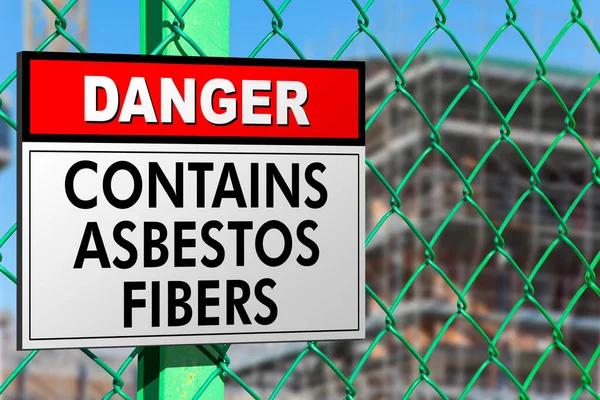Asbestos is a naturally occurring mineral once widely used in construction and manufacturing due to its heat resistance, durability, and insulating properties. Despite these advantages, asbestos poses significant health risks when its fibers become airborne and are inhaled. Exposure to asbestos can lead to serious illnesses such as asbestosis, lung cancer, and mesothelioma. Because of these dangers, ensuring that living environments are free from harmful asbestos contamination has become an essential priority for homeowners, renters, and property managers alike.
Complete asbestos testing is a crucial step toward creating safer living spaces. This process involves the careful collection of samples from various materials suspected to contain asbestos within a building or home. Common sources include insulation around pipes, floor tiles, ceiling panels, roofing materials, and textured paints or coatings applied before the 1980s when asbestos use was more prevalent. Professional inspectors follow strict safety protocols during sample collection to avoid releasing fibers into the air.
Once samples are collected, they undergo laboratory analysis using specialized techniques such as polarized light microscopy or transmission electron microscopy. These methods allow experts to identify not only the presence of asbestos but also the type and concentration of fibers in the material tested. Accurate identification is essential because different types of asbestos vary in their health impact and regulatory handling requirements.
The results from comprehensive testing provide valuable information for making informed decisions about managing any detected asbestos-containing materials (ACMs). If asbestos is found in good condition and unlikely to be disturbed during normal activities, it may be safer to leave it undisturbed while monitoring regularly for signs of damage or deterioration. However, if ACMs are damaged or located where renovation work will occur soon, professional removal or encapsulation becomes necessary.
Engaging licensed professionals for both testing and potential abatement ensures compliance with local regulations designed to protect public health during handling processes. Attempting DIY inspections or removals increases exposure risk due to improper procedures or inadequate protective equipment.
In addition to protecting residents’ health directly through detection efforts at existing properties, complete asbestos testing plays an important role in real estate transactions by informing buyers about potential hazards before purchase agreements finalize. It also supports landlords’ responsibilities under housing laws requiring safe rental conditions.
Ultimately, investing time and resources into thorough asbestos testing fosters greater peace of mind by reducing hidden environmental dangers inside homes and workplaces alike. By identifying problems early on through expert evaluation followed by appropriate management strategies tailored specifically for each situation’s needs,the goal of safer living environments becomes achievable across communities everywhere where older buildings remain part of daily life’s landscape.

